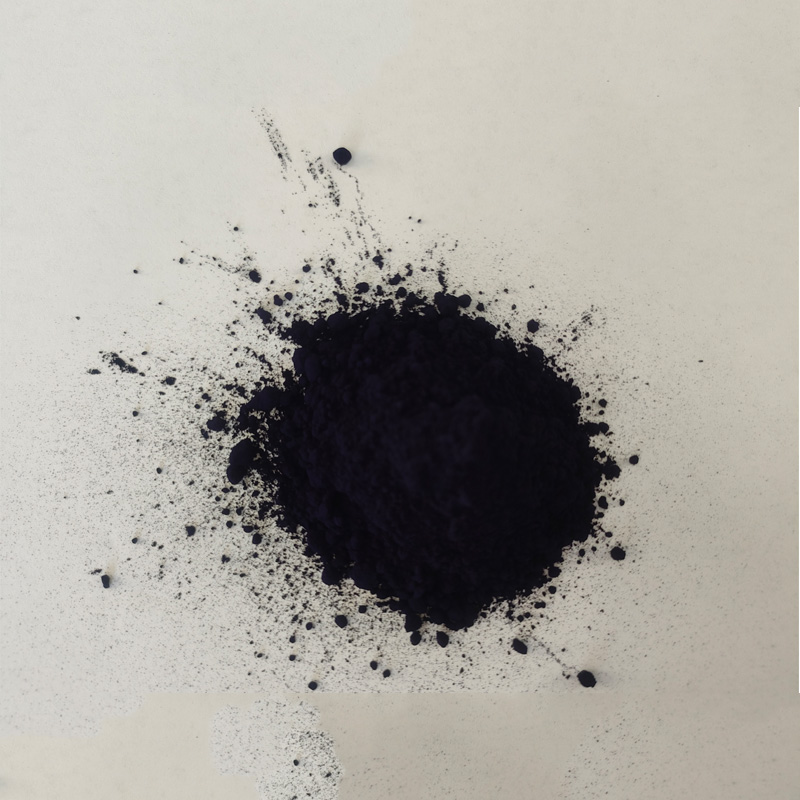Exploring Indigo's Role in Sustainable Manufacturing Practices and Its Impact on the Industry
Indigo and Its Impact on the Manufacturing Sector
Indigo, one of the oldest dyes known to mankind, has significantly influenced various manufacturing sectors, particularly textiles. Its deep blue hue not only enhances aesthetics but also carries cultural, historical, and economic significance. This article delves into the role of indigo in manufacturing, exploring its applications, sustainability, and its resurgence in modern industries.
The Historical Context of Indigo in Manufacturing
Indigo dye has been used for thousands of years, with historical records dating back to ancient Egypt, India, and China. The extraction of indigo from plants, particularly the indigo-bearing species like Indigofera tinctoria, played a crucial role in textile manufacturing. This natural dye became a staple in the textile industry, especially during the 16th to 19th centuries, contributing to the flourishing of trades and economies in various parts of the world.
As the textile manufacturing processes evolved, synthetic dyes began to dominate the market due to their cost-effectiveness and consistency. However, the demand for natural dyes, including indigo, has seen a revival in recent years as consumers become more environmentally conscious. This shift presents opportunities and challenges for manufacturers who wish to incorporate indigo in their products.
Sustainability and Eco-Friendliness of Indigo
With growing awareness of environmental issues, many manufacturers are re-evaluating their sourcing of materials and dyes. Natural indigo has gained traction as a sustainable alternative to synthetic dyes, which often contain harmful chemicals and pose risks to the environment and human health. Traditional methods of dyeing fabrics with indigo can produce minimal waste and have a lower ecological footprint.
Manufacturers are now exploring organic indigo farming practices that not only promote biodiversity but also support local economies. This aligns with the global trend towards sustainable fashion, where consumers are more inclined to purchase products that are ethically sourced and environmentally friendly. The incorporation of indigo into manufacturing processes can enhance a brand’s value by aligning with these consumer preferences.
indigo on manufacturer

Modern Applications of Indigo in Manufacturing
Today, indigo is predominantly associated with denim production. Denim jeans, a staple in casual wear, often feature indigo dye due to its ability to create a unique aging effect. Manufacturers are leveraging innovative dyeing techniques that minimize water usage and waste, further enhancing the sustainability of the indigo-dyed fabrics.
Additionally, indigo is finding its way into various niche markets, including home textiles, artisanal crafts, and high-end fashion. Designers are increasingly interested in the unique properties of indigo, such as its colorfastness and the depth of shade it provides. Collaborations between traditional artisans and modern manufacturers are fostering a resurgence in indigo dyeing techniques, often combining age-old wisdom with contemporary designs.
Challenges Facing Indigo in Manufacturing
Despite its advantages, the use of indigo in manufacturing is not without challenges. The process of extracting indigo and dyeing fabrics can be time-consuming and labor-intensive. Additionally, the supply chain for natural indigo can sometimes be inconsistent, affecting production timelines and costs. Manufacturers must navigate these challenges while maintaining the integrity and quality of their products.
Furthermore, educating consumers about the benefits of indigo and natural dyes is crucial. While there is a growing interest in sustainable products, some consumers are still unaware of the differences between synthetic and natural dyes. Manufacturers play a vital role in this education, promoting transparency in their processes and highlighting the environmental benefits of choosing natural indigo.
Conclusion
Indigo remains a significant player in the manufacturing sector, particularly within the textile industry. Its historical roots, coupled with modern sustainability initiatives, position it as a critical component in the shift towards more eco-friendly manufacturing practices. As the demand for sustainable and ethically produced goods continues to rise, indigo could very well lead the way in redefining industry standards and practices. By embracing this ancient dye, manufacturers not only tap into its rich heritage but also contribute positively to the environment and society at large.
-
The Timeless Art of Denim Indigo Dye
NewsJul.01,2025
-
The Rise of Sulfur Dyed Denim
NewsJul.01,2025
-
The Rich Revival of the Best Indigo Dye
NewsJul.01,2025
-
The Enduring Strength of Sulphur Black
NewsJul.01,2025
-
The Ancient Art of Chinese Indigo Dye
NewsJul.01,2025
-
Industry Power of Indigo
NewsJul.01,2025
-
Black Sulfur is Leading the Next Wave
NewsJul.01,2025

Sulphur Black
1.Name: sulphur black; Sulfur Black; Sulphur Black 1;
2.Structure formula:
3.Molecule formula: C6H4N2O5
4.CAS No.: 1326-82-5
5.HS code: 32041911
6.Product specification:Appearance:black phosphorus flakes; black liquid

Bromo Indigo; Vat Bromo-Indigo; C.I.Vat Blue 5
1.Name: Bromo indigo; Vat bromo-indigo; C.I.Vat blue 5;
2.Structure formula:
3.Molecule formula: C16H6Br4N2O2
4.CAS No.: 2475-31-2
5.HS code: 3204151000 6.Major usage and instruction: Be mainly used to dye cotton fabrics.

Indigo Blue Vat Blue
1.Name: indigo blue,vat blue 1,
2.Structure formula:
3.Molecule formula: C16H10N2O2
4.. CAS No.: 482-89-3
5.Molecule weight: 262.62
6.HS code: 3204151000
7.Major usage and instruction: Be mainly used to dye cotton fabrics.

